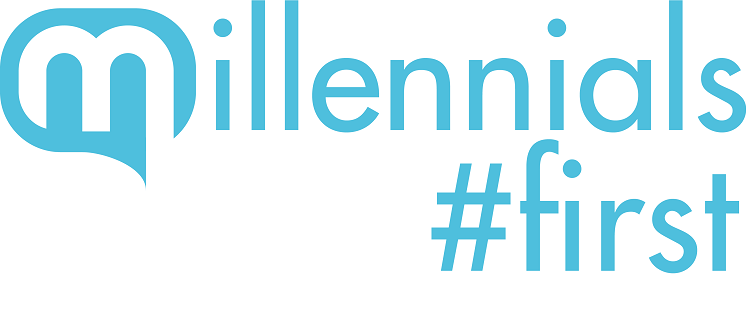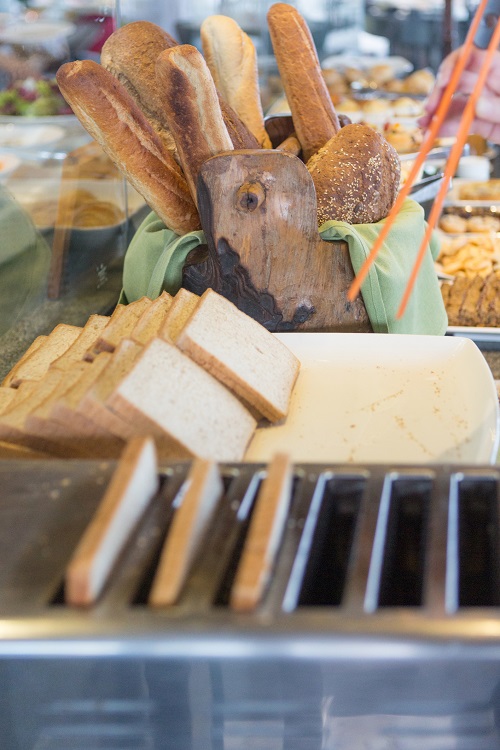Sorry not sorry, says Fran Lumiz of First Millennial Credit Union ($24.7M, Austin, TX) when asked about her decision to charter the first and only credit union solely focused on serving the needs of this generation.
Lumiz along with six others founded the state-chartered credit union in late 2017 in her parents basement in Austin, TX. Since then, this millennial credit union has grown fast by $25 million in assets in its five months of operation and even moved out of the house.
Were the first credit union for millennials, by millennials, Lumiz says. We just felt like we could serve our generation better.
Heres how the credit union works.
CU QUICK FACTS
First Millennial Credit Union
Data as of 12.31.17
HQ: Austin, TX
ASSETS: $24.7M
MEMBERS: 4,829
BRANCHES: 11
12-MO SHARE GROWTH: 4.3%
12-MO LOAN GROWTH: 7.2%
ROA: -0.60%
The Membership
The easy part, right? Not really, says the NCUA.
What really defines a common bond? says the credit unions current for now CEO Maura Meijer. If we wanted to build a credit union for people born between 1981 and 1996 and we did couldnt we just set that as our definition?
Turns out, not really, she says.
ContentMiddleAd
Go online and see how our generation is discussed, she says. Were all the same, right? We have no savings, too much debt, cant afford a mortgage, care more about avocado toast than starting a family, and on and on it goes. Tell me how thats not a common bond.
The NCUA balked at an age-based definition, however, so the credit union got creative. To join, prospective members are required to fill out a 100-item questionnaire to prove their bona fides, Meijer says. All respondents receive a $10 gift card to Amazon for their troubles, regardless of whether they qualify for membership, to incentivize completion. The questions are meant to identify those who truly fit the credit unions definition of millennial and concern both the personal and financial preferences:
- How much student loan debt do you have?
- How much have you contributed to your 401K or Roth account?
- How many subscription services do you currently receive per month?
- When was the last time you made a purchase from a retailer or restaurant without knowledge of where the goods originated or their impact on the environment?
Look at some of the other credit union affiliations, Meijer says, and tell me that millennials are any less of a community.

The Structure
Employees dont have titles at First Millennial. Thats because theyre not in any one job long enough to be defined in any one way.
Every three months the seven founders who also double as the credit unions defacto executive team rotate responsibilities. Lumiz, who started as the CEO, now runs financials. Meijer, who started in operations, now acts as CEO.
We all wanted to do everything, says current head of operations Briana Doshmin. This way we can.
The structure has also eliminated any silos, Doshmin says, while providing everyone with a holistic view of the credit union.
Society holds status and titles so high, Meijer says. But millennials dont. So, if were going to say we understand you as a generation, we have to live that.
The Footprint
First Millennial may have started as a home-based credit union, but its 3-month-old headquarter building is a testament to this generations high-tech and high-touch reputation.
The credit union runs out of a 5,000-square-foot space in one of Austins ‘technology corridors.’ Over the past five months, the credit union has worked to reinvent what was once drab office space into an inviting and engaging workplace, literally tearing down office walls and finding ways to incorporate perks that make the space a more inviting place.

First Millennial’s headquarters building from the outside.
Now, the headquarters features an office for an artist-in-residence, two sensory deprivation pods, a silent rave room, and an anger room for employees to physically blow off steam when the day becomes too much. The whole enterprise is paperless, too.
We have people donate their old electronics and furniture and we let our people go to town, says the credit unions Lonnie Cadress, who runs culture and retail at the moment. Its better for people to let loose than to sit on their feelings all day. Plus, sometimes you really just want to bash your monitor.
And far from the stereotype that millennials dont use branches, First Millennial operates 11 branch locations, including one in its headquarters, in the 10 cities with the highest percentage of college graduates.
First Millennial operates 11 branch locations in the 10 cities with the highest percentage of college graduates, which are: Denver, CO (46%), Minneapolis, MN (47%), Raleigh, NC (47%), New York, NY (47%), Hartford, CT (50%), Washington, DC (54%), San Francisco, CA (55%), San Jose, CA (55%), Madison, WI (58%), and Boston, MA (58%).
Our members want branches. Just done in a specific way, says Liam Zekeski, who currently oversees technology.
And the branches are different.
As part of the new member orientation package, First Millennial sends new members cardboard virtual reality glasses and encourages members to download its in-house built VR app. Members use the VR capability when they visit physical branch locations which are empty other than a few interactive teller machines.
The VR app lets them fully customize their banking experience, Zekeski says. Weve built-in virtual representations of branch designs for every decade going back to the 1920s and even added some futuristic concepts of our own.
The technological development has allowed the credit union to save on overhead costs while creating an interactive experience that members love.
The 60s is far and away the most popular decade, Zekeski says. We went a little overboard designing that one.

Early concept art from the credit union’s 1960s in-branch virtual reality experience.
The People
First Millennial doesnt limit its roster of employees to those born between 1981 and 1996, but so far, its entire staff is millennials.
The credit union believes that the strength of employee relationships can make or break the institution and developed in-house a pre-employment personality test that identifies strengths, weaknesses, preferences, and interpersonal skills for perspective employees. In an institutional flourish, the test defines an individual based on a specific spirit animal that shares those same personality traits.
Weve all taken tests that tell us weve X percentage social or X percentage structural, says the tests creator Zena Daphediaba. But does that tell you what its like to work with me? What if I told you I was a lion. That gives you a much better idea.
Once those animals are identified, the credit union does it best to ensure employees with complimentary skills are paired together on projects. For example, a bee, someone who buzzes with ideas and energy, compliments an ant, the sort of person who operates best within well-defined roles and responsibilities.

The gourmet toast bar in all its glory.
First Millennial also provides its share of employee perks: the dress code is casual employees can even wear shorts when the temperatures are high enough and the credit union helps cover the membership costs at gyms, barre studios, and yoga classes. In addition, theres a toast bar at the institutions headquarters building, where employees and members alike can customize toppings and flavors or stick to the time-tested traditional: avocado toast.
We knew we had to have a toast bar, Lumiz says. We knew that avocado toast was just the beginning.
The Products
As a credit union by millennials, for millennials, First Millennial knew that to garner interest from its potential members it would need to meet their specific needs.
We knew that wed need the traditional deposit and loan products, and we knew there was a huge need for student loan refinance, says Keith Besshills, who currently oversees the credit unions lending. But we also knew that our members arent ready for 30-year fixed-rate mortgages.
To find out what members were ready for, the credit union tapped into the wisdom of the crowd.
A month into the credit unions life, First Millennial launched an online platform called Lendr. Members offer product and service suggestions which other members can then up-vote. Every other month, the product or service with the most up votes wins, members have the final opportunity to swipe the product yes or no, and the credit union goes about designing that solution. So far, the credit union has implemented two products, both unsecured loans.

The credit union’s ‘Lendr’ app allows members to ‘up-vote’ crowdsourced product ideas.
The first was a 12-month personal loan up to $1,000 for the express purpose of buying Hamilton tickets, the popular and expensive Broadway show. Besshills says the credit union made more than 100 in two months.
The second, more popular but less successful product, was a 12-month $3,000 personal loan for dog adoptions or purchases and all the initial vet bills that come with it. Thus far, the 27 people who have received this loan are behind on their repayments and the credit union is considering its options.
Technically, if they default on these loans we can repossess the dogs, Besshills says. So maybe well have 30 dogs running around the office or maybe well run an adoption day.
Personal loans comprise a quarter of the overall loan portfolio, but it bears monitoring how the portfolio evolves overtime. Can a credit union that makes so few auto loans or mortgages survive todays financial services environment? Will risk concentration eventually sour the portfolio? Time, of course, will tell.
But if what Meijer says is any indication, thats not going to factor into how the credit union does its business.
Were not trying to be profitable, she says. Were trying to be sustainable.
Spoken like a true millennial.
– Liz Furman contributed to this article. Read her real lessons from this fictitious credit union here.
Happy April Fool’s Day
Sadly, First Millennial doesn’t exist (yet). But if you’d like to learn more about the intersection of millennials and finance, read the CreditUnions.com My Generation blog series.

